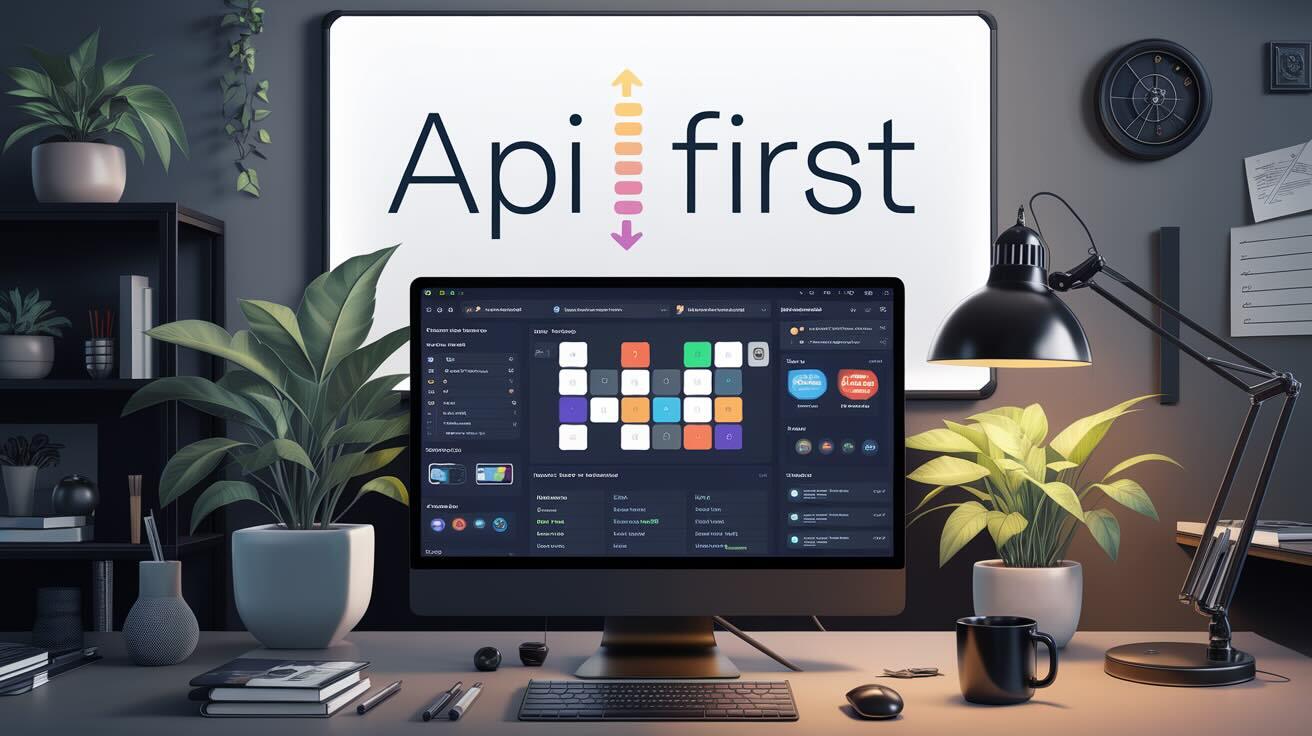A headless content management system (CMS) is a content repository that empowers you to deliver content to any frontend or UI. Organizations rely on headless CMS to efficiently manage and distribute content across various channels, including websites, mobile apps, and social media platforms.
Why is a Headless CMS Important?
Traditional CMS architectures often impose limitations on content delivery, tying content to specific frontends. This can hinder flexibility and agility in modern digital environments. Headless CMS addresses this challenge by decoupling the content layer from the presentation layer.
Key Benefits of a Headless CMS:
- Improved User Experience:
- Tailored content experiences for diverse audiences.
- Enhanced content delivery performance and reliability.
- Efficient Third-Party Integrations:
- Seamless content sharing with external partners.
- Reduced dependency on IT for content distribution.
- Adaptable Design:
- Freedom to choose frontend technologies and frameworks.
- Increased agility and responsiveness to changing digital landscapes.
Common Use Cases of Headless CMS:
- Ecommerce:
- Centralized management of product catalogs, pricing, and inventory.
- Personalized shopping experiences across multiple channels.
- Personalization:
- Targeted content delivery based on user preferences and behavior.
- Dynamic content generation for email campaigns, social media, and websites.
- Application Information Exchange:
- Content delivery to chatbots, voice assistants, IoT devices, and AI applications.
- Powering innovative digital experiences.
- Content Collaboration:
- Streamlined content creation and management workflows.
- Efficient collaboration across teams and geographies.
- Support for multilingual and multicultural content.
How Does Headless CMS Architecture Work?
Headless CMS typically leverages API-driven architecture, comprising three key components:
- Content Repository:
- Centralized storage and organization of content assets.
- Supports various content formats, including text, images, videos, and documents.
- APIs:
- Interfaces for accessing and manipulating content.
- Common API types include RESTful APIs and GraphQL.
- Frontend Applications:
- User-facing applications that consume content via APIs.
- Built using various frontend technologies, such as React, Angular, or Vue.js.
Types of Headless CMS Solutions:
- Content as a Service (CaaS):
- Cloud-based solutions with built-in content editing and management features.
- Suitable for organizations with less technical expertise.
- Self-Hosted CMS:
- On-premise or self-hosted solutions offering greater flexibility and control.
- Ideal for organizations with specific customization requirements.
- Fully Custom Solution:
- Tailored solutions built from the ground up to meet unique business needs.
- Requires significant technical expertise and development resources.
Headless CMS vs. Regular CMS
The key difference between a headless CMS and a regular CMS lies in their architecture and how they deliver content.
Regular CMS:
- Monolithic architecture: The content and presentation layers are tightly coupled.
- Predefined templates: Content is often presented within specific templates or themes.
- Limited flexibility: Changes to the frontend often require technical expertise.
- Focused on web-based delivery: Primarily designed for websites.
Headless CMS:
- Decoupled architecture: The content and presentation layers are separated.
- API-first approach: Content is delivered through APIs, allowing for flexibility in how it's presented.
- Enhanced flexibility: Content can be delivered to various channels (websites, mobile apps, IoT devices, etc.).
- Developer-friendly: Offers more control over the frontend development process.
In essence:
- Regular CMS: Think of it as a pre-packaged meal, where the content and presentation are fixed.
- Headless CMS: Imagine it as a raw ingredient, which can be cooked into various dishes (websites, apps, etc.) depending on your preference.
When to choose which:
- Regular CMS: Ideal for simple websites with straightforward content needs.
- Headless CMS: Suitable for complex digital projects requiring flexibility, scalability, and omnichannel delivery.
Why Switch to a Headless CMS?
A headless CMS offers numerous advantages over traditional CMS systems, making it an attractive option for businesses looking to enhance their digital presence. Here are some compelling reasons to consider a switch:
1. Increased Flexibility and Agility:
- Omnichannel Delivery: Deliver content to a wide range of channels, including websites, mobile apps, IoT devices, and social media.
- Rapid Development and Deployment: Quickly adapt to changing digital trends and customer demands.
- Future-Proofing: Easily integrate with emerging technologies and platforms.
2. Enhanced Developer Experience:
- Tech Stack Freedom: Choose the best tools and technologies for your project.
- API-First Approach: Efficiently access and manipulate content.
- Improved Collaboration: Streamlined workflows between developers and content creators.
3. Improved Content Management:
- Centralized Content Repository: Manage all your content in one place.
- Version Control: Track changes and revert to previous versions.
- Workflow Automation: Streamline content creation and approval processes.
4. Enhanced Performance and Scalability:
- Optimized Content Delivery: Deliver content quickly and efficiently.
- Scalable Infrastructure: Handle increased traffic and data volumes.
- Improved SEO: Better search engine visibility.
5. Cost-Effective:
- Reduced Development Costs: Leverage reusable components and faster development cycles.
- Lower Maintenance Costs: Simplified updates and upgrades.
In essence, a headless CMS empowers you to create more dynamic, engaging, and personalized digital experiences.
If you're considering a switch, carefully evaluate your specific needs and goals. A headless CMS can be a powerful tool to elevate your digital strategy.
By automating and streamlining the deployment process, DeployHQ helps you focus on building and improving your headless CMS applications, while ensuring reliable and efficient deployments.
This post is part of our "What Is" series, helping developers understand key concepts and methodologies in modern software development.
